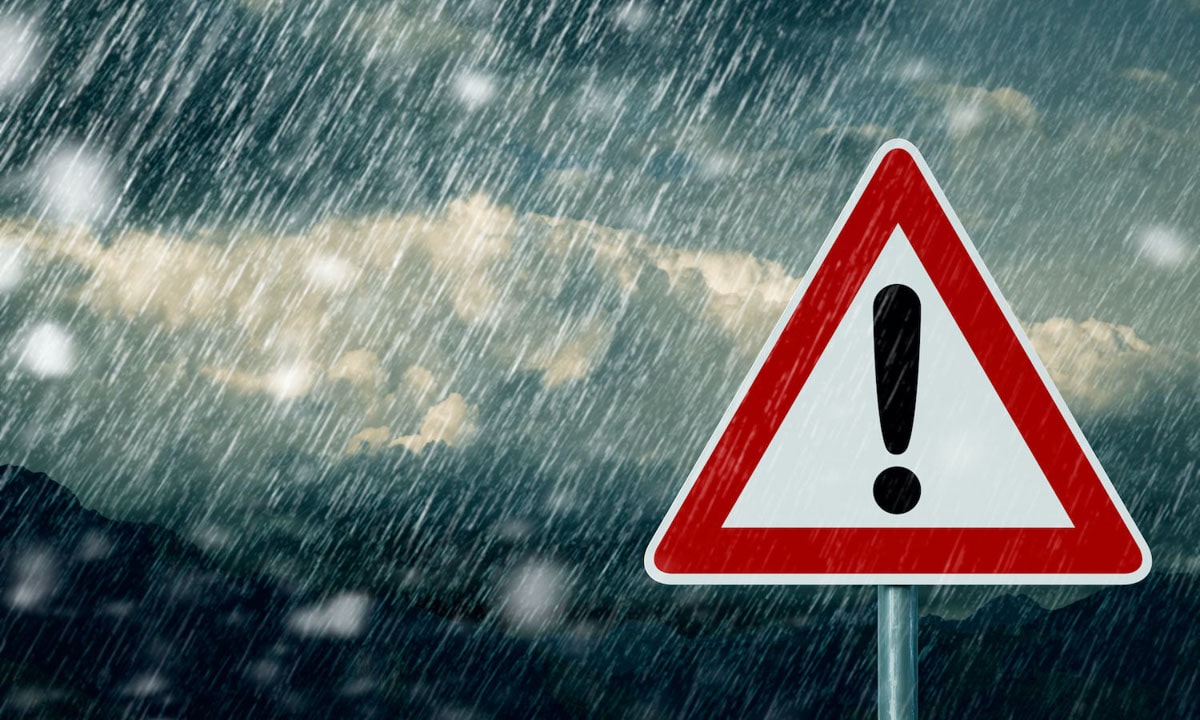Regardless of where you live, your region likely experiences severe weather and the occasional natural disaster. Threats like these should compel you to create a business emergency plan to help your employees and company data remain safe.
This plan allows operations to continue during, or resume shortly after, an emergency situation. After all, customers will always need running water, heat, air conditioning and electricity.
The four steps covered below are:
- Identify threats
- Inform the team
- Protect company data
- Prepare your property
With these four steps covered, your business will be far more likely to survive an emergency. You may even be able to continue operations when other unprepared businesses may be forced to shutter.
What Is Business Emergency Preparedness?
Business emergency preparedness is the process of planning ahead for threats. This includes natural disasters, severe weather, security breaches and environmental emergencies. A business emergency plan (i.e. a business continuity plan) can help you prepare.
Preparing for all kinds of different emergencies may seem overwhelming. However, creating a universal emergency plan can be created using four simple steps below:
How to Create Your Field Service Business Emergency Plan
1. Identify Threats
Consider the potential emergencies your business might face. For example, if you live in the Midwest, you may prepare for tornadoes instead of hurricanes. In addition to natural disasters, coordinated cyberattacks and infrastructure threats may also arise.
Your business emergency plan should include procedures addressing disruptions to transportation, communication, data and energy. Once you’ve identified specific threats, be sure to plan out actionable procedures for each scenario. This ensures your employees will be as safe as possible, while potentially maintaining business operations.
2. Inform the Team
How will you communicate with your staff if there is a power outage? How will employees evacuate or shelter-in-place?
Based on your planning, think through situations employees may face. Then, take steps to inform staff so they know what to expect, and what to do in the event of an emergency. Make sure to document and distribute any emergency contact information for each employee.
3. Protect Company Data
In your emergency planning, don’t forget about cybersecurity threats. Without data security, you may risk exposing sensitive business and customer information during a crisis.
Make sure your data and records are backed up on the cloud. If you have a cloud-based field management software like FieldEdge, your business data is likely already secure.
Plus, cloud-based software grants access to your information anywhere with a signal. This allows your employees to continue working once conditions are safe.
See how FieldEdge can keep your company’s files secure, fully encrypted, in the cloud. Book your FREE personalized demo today!
4. Prepare Your Property
Check that your company vehicles and facilities are properly insured. Be sure to remove any potential hazards on your property. This includes large debris such as old equipment.
Also, store emergency supplies in all buildings and company vehicles. Water, non-perishable food, battery-powered radios, flashlights and first-aid kits are a great start.
Implement Your Business Emergency Plan
After an emergency or disaster, it’s time to review your business emergency plan.
- What worked and what needs further planning?
- Could you better secure your data or property?
- What should change in case another issue should arise?
Once you have answered these questions, share any plan updates with employees. Rest assured, your business and employees are safer because of your preparedness!




